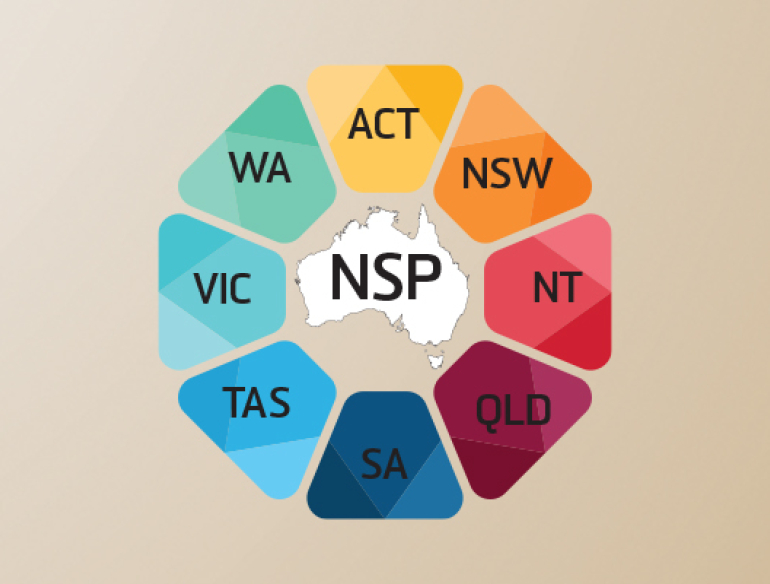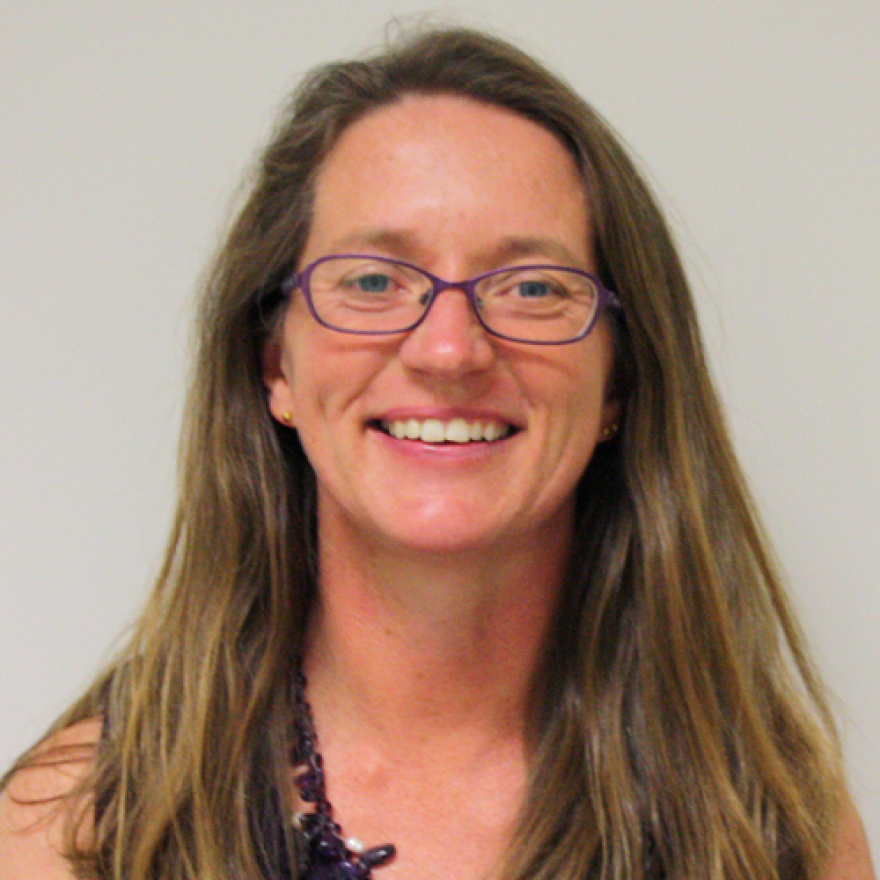- Australia's network of 4,388 NSP services was comprised of 109 primary, 833 secondary and 3,032 pharmacy NSPs in 2021/22. These face-to-face services were supplemented by 414 syringe dispensing machines.
- Based on ~2,000 NSP occasions of service (OOS) recorded at primary and secondary NSPs that participated on the snapshot day in 2022, two in five (43%) of NSP OOS involved provision of health education/interventions and one in twelve (8%) involved a referral.
- Three in four (73%) NSP attendees were male, two thirds (62%) were aged between 30 and 49 years, young people (aged <25 years) comprised 4% of OOS in 2022 and excluding occasions of service where Indigenous status was not reported, 22% of NSP attendees identified as Aboriginal and/or Torres Strait Islander.
- Stimulants and hallucinogens (predominantly methamphetamine) were the most commonly reported drugs injected on the snapshot day in 2022 (44%), followed by analgesics (heroin, other opioids and opioid substitution therapies, 36%) and anabolic agents and selected hormones (predominantly anabolic steroids, 9%).
- Australian NSPs distributed 47 million needles and syringes in 2021/22. These were distributed to an estimated population of 73,911 people who inject drugs (excluding people who inject occasionally). This equates to 636 needles/syringes each per annum, exceeding the UNAIDS definition of high syringe coverage by more than three-fold. Syringe coverage (syringes per injection) remained high at 116% in 2021/22.
The Needle Syringe Program National Minimum Data Collection (NSP NMDC) supports the National Strategies for blood borne and sexually transmissible infections and complements the annual Australian Needle Syringe Program Survey National Data Report.
All eight Australian jurisdictions operate a range of NSP services targeting a variety of drug use and client populations. Despite some variation in levels of completeness and alignment, all jurisdictions provide data incorporating the following three components: NSP service type and location, non-identifiable client occasions of service, and needle syringe distribution.
This is the seventh annual national data report which presents national and state/territory NSP data over the five-year period 2017/18 to 2021/22.

